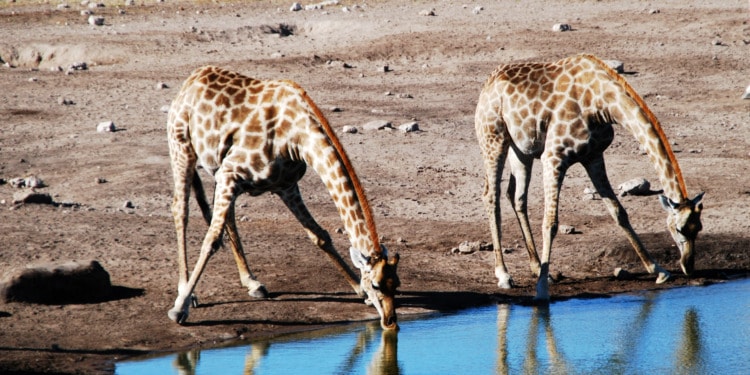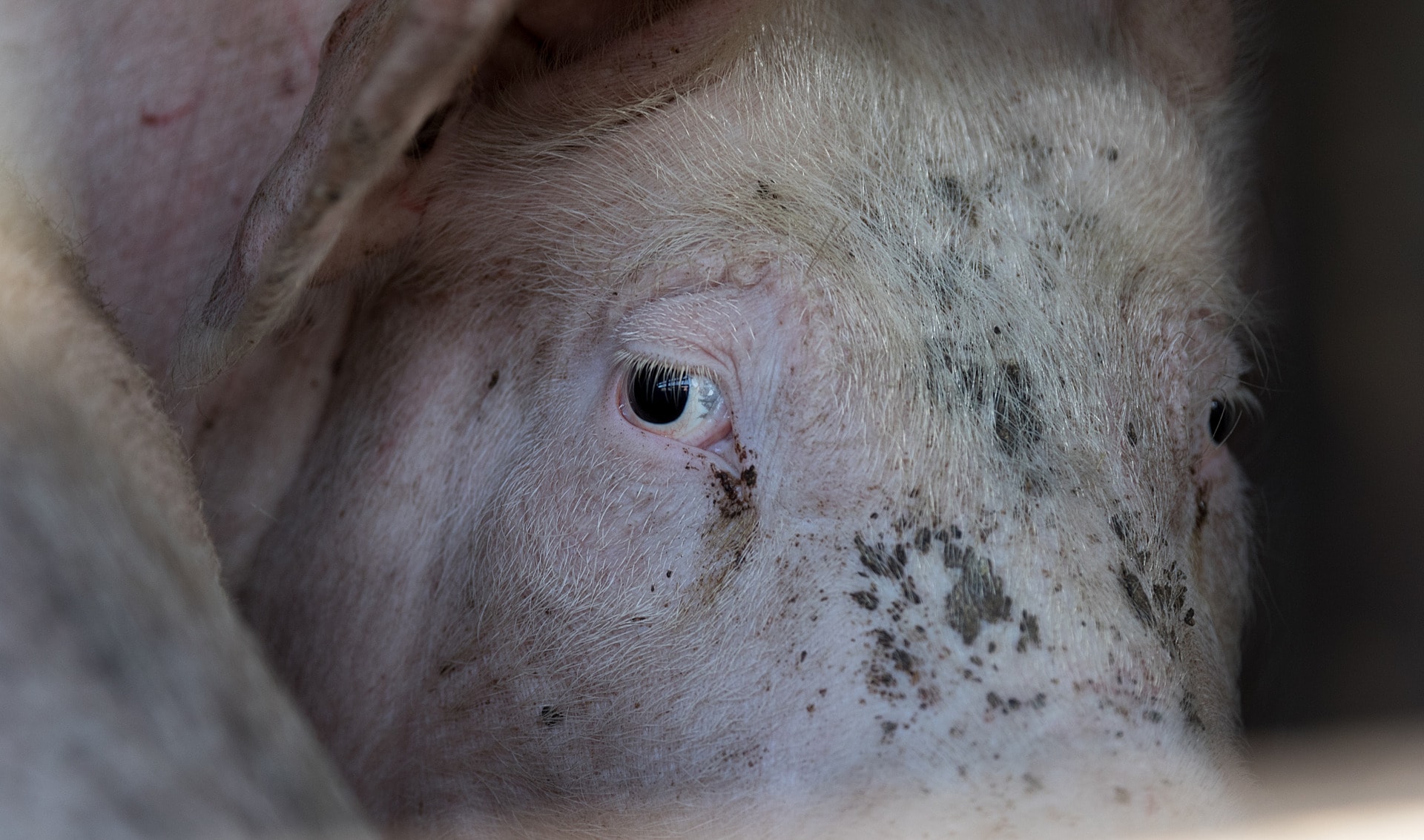Reproductive health has taken center stage in the public space, ranging from differing cultural and political attitudes to the laws in different countries to taking account of the multiple medical decisions bearing on women’s health before, during, and after pregnancy. Options and concerns run across the continuum, from contraception choices to life risks at varying points during pregnancy, to effects after birth for the mother. Surprisingly for most of us (but it shouldn’t), reproductive health in the “animal queendom” runs the same gamut.
Intuitively, many think they “know” what we need to know about the subject, leastways as it relates to them. In fact, there is much we do not know, and far less is known or understood about the relevant behavior and practices of non-humans, and what we can learn from other mammals.
Since we share core survival concerns with them, broadening our perspective beyond our anthropomorphic perspective has merit.
Growing recognition of the links with the female animal world
“Evolved adaptations of female animals could help solve women’s health challenges” is the subject of a March 2023 article written by Dr. Barbara Natterson-Horowitz, a trained cardiologist. In it she addressed this subject head-on.
While citing several different species examples, she spent some time focusing on giraffes and the problem of hypertension during pregnancy:
“Giraffes also appear to have evolved mechanisms to shield against other damaging effects of hypertension, including when it occurs during pregnancy. In humans, gestational hypertension—having high blood pressure during pregnancy—is pathological. A leading cause of fetal and maternal mortality, it occurs in up to 25 percent of pregnancies worldwide and is on the rise. For pregnant giraffes, in contrast, higher blood pressure is normal, and neither mothers nor babies seem to suffer any consequences from it.“
The research in this area is at a relatively early stage. “It will take time to figure out how to use the knowledge we obtain from such studies of female animals to prevent diseases in women.”
Natterson-Horowitz points out that the justification for this kind of research and the basic approach guiding it is clear:
“Many of the greatest threats to women’s health may have already been neutralized in other species. The fixes are out there, in the bodies of the animals with whom we share our planet. As ingenious as we humans may be, the natural world is even smarter. Evolution’s ability to solve problems is, according to Charles Darwin himself, ‘immeasurably superior to man’s feeble efforts’.”
Rachel Carson, a marine biologist and the author of Silent Spring, is recognized as one of the founders of the modern environmental movement but also because, as she said, “In nature…nothing stands alone.” And that is also Natterson-Horowitz’s point: no female stands alone: “Members of the sisterhood of species are linked by common ancestry and “the shared challenges and joys of being a female animal.”
Another promising animal research area we might learn from: Embryonic diapause
Scientists do not know how “embryonic diapause” works, how common it is, or when or how many times it evolved.
As reported in The Atlantic, Nucharin Songsasen, a reproductive biologist at the Smithsonian’s Conservation Biology Institute, noted, “For most mammals, humans among them, fertilization starts a regimented countdown toward birth. But at least 130 species have found ways to temporarily freeze their gestational clock and delay the most grueling parts of gestation, birth, and lactation until ‘an optimal time’”.
And as Katherine J. Wu, the Atlantic article author puts it, “Fitting together those pieces wouldn’t just mean solving one of the biggest puzzles in reproduction. It could aid the development of new assisted reproductive technology in humans.”
If diapause could be recreated in the labs for humans, those hoping to be future parents could turn to diapause as an alternative to freezing embryos. And it even might be able to help better time childbirth to ensure certain life, even health-related events, or to meet the medical needs of a parent or fetus.
Going one step further, diapause-inspired technologies could eventually yield a twist on birth control, allowing people to effectively halt the reproductive cycle at essentially no cost—like “the best contraceptive you can imagine.”
And there is more: It seems that embryos and tumors, both simply want to grow. Their common behavior suggests there could be a way to foil cancer cells’ subterfuge. It would mean drugs could be developed to block cells from going into stasis or cook up new therapies.
As Jinson Liu, a cancer biologist explains:
“Other treatments might rewire cells already in dormancy so that they reactivate as benign, rather than tumorous growths ready to invade again. Some of these treatments could be on the market within just a few years. Diapause may sometimes delay the genesis of life. But, carefully harnessed, it could someday help postpone the march toward a too-early death.”
What is briefly described above only touches the surface of the linkages and lessons to be gleaned from studying other species. And with growing recognition of the interface between animals, humans, and ecosystem health, known as One Health, we are in the early days of benefitting from such connections.
What will be needed is a strong investment push in new research into the reproductive health of animals with the aim of discovering what can be usefully applied to improve reproductive health and fight cancer in women and men…
Editor’s Note: The opinions expressed here by the authors are their own, not those of Impakter.com — In the Featured Photo: Giraffes drinking water Source: Wallpaper Flare (cc)














